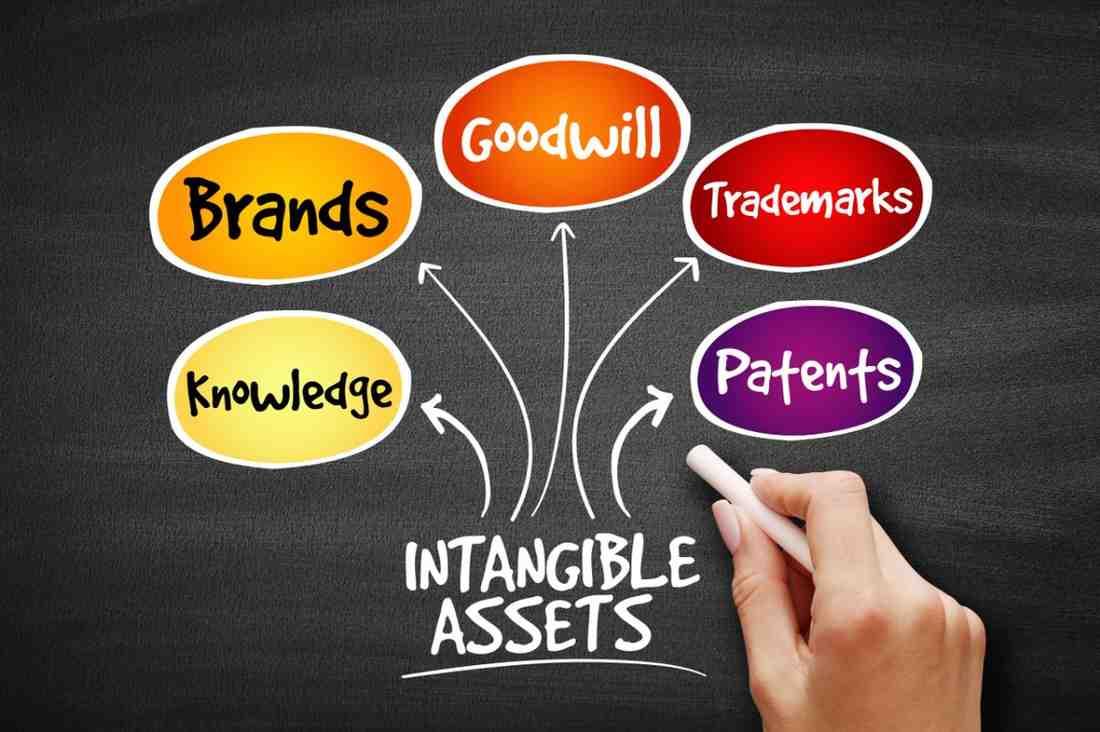In recent years, the home loan industry has witnessed a significant transformation, driven by advancements in credit assessment models.

1. The Evolution of Credit Assessment Models
Credit assessment has traditionally been a crucial component of the home loan approval process. Historically, lenders relied heavily on traditional credit scores, which often excluded individuals with limited credit histories or those with unconventional financial profiles. As a result, many potential homebuyers struggled to secure financing despite their ability to make timely mortgage payments.
Historical Context:
Traditional Credit Scoring: Historically, credit assessment relied on a few key metrics, including credit history, outstanding debts, and repayment history.
Limitations: Traditional models often overlooked alternative data sources and had stringent criteria that excluded many potential borrowers.
Emergence of New Models:
Alternative Data Integration: Modern credit models integrate a variety of data sources, such as utility payments, rental history, and even social media activity. This approach helps paint a more comprehensive picture of an individual's creditworthiness.
Technology Advancements: The use of AI and machine learning has revolutionized credit assessment by analyzing complex datasets to predict credit risk more accurately.
2. How Innovative Models are Enhancing Home Loan Accessibility
Innovative credit models are making home loans more accessible by addressing the shortcomings of traditional methods and providing a more inclusive approach to credit assessment.
Key Innovations:
AI and Machine Learning: AI algorithms analyze a wide range of data points to assess creditworthiness, providing a more nuanced view of an applicant's financial health.
Alternative Data Sources: Incorporating non-traditional data, such as payment history for utilities and rent, helps evaluate the creditworthiness of individuals with limited credit history.
Personalized Credit Scores: Some models generate personalized credit scores based on an individual’s specific financial behavior, rather than relying on a standard formula.
Benefits for Borrowers:
Increased Approval Rates: By considering a broader set of financial behaviors, these models increase the likelihood of approval for borrowers who might have been denied under traditional systems.
Better Loan Terms: Borrowers with a more comprehensive credit profile can secure loans with better terms and lower interest rates.
Financial Inclusion: These models promote financial inclusion by providing access to credit for individuals from diverse economic backgrounds.
3. Key Features of Modern Credit Assessment Systems
Modern credit assessment systems offer several advanced features that enhance the accuracy and fairness of the lending process.
Technology and Tools:
Big Data Analytics: Advanced analytics tools process large volumes of data to identify patterns and predict credit risk with greater precision.
Behavioral Scoring: This method assesses an applicant’s financial behavior, including spending patterns and payment habits, to gauge their ability to repay a loan.
Integration of Alternative Data:
Utility and Rent Payments: Regular payments for utilities and rent are now considered in credit assessments, providing a fuller picture of an individual's financial reliability.
Social Media and Online Behavior: Some models incorporate social media activity and online behavior to assess trustworthiness and stability.
Impact on Credit Scores:
Enhanced Accuracy: By incorporating diverse data sources, these models reduce the likelihood of errors and biases in credit assessments.
Dynamic Scoring Models: Credit scores can now reflect changes in financial behavior more rapidly, allowing for timely adjustments to loan terms.
4. Benefits of Innovative Credit Assessment Models
The adoption of innovative credit assessment models brings numerous benefits to both lenders and borrowers, making the home loan process more efficient and equitable.
For Lenders:
Improved Risk Management: Advanced models provide a more accurate assessment of risk, helping lenders make informed decisions and reduce default rates.
Targeted Lending: Lenders can tailor their offerings to specific borrower segments, enhancing the efficiency of their lending strategies.
For Borrowers:
Easier Access to Loans: Individuals with limited credit history or non-traditional financial backgrounds can now access home loans more easily.
Fairer Loan Terms: Borrowers benefit from more competitive interest rates and loan terms based on a comprehensive assessment of their financial situation.
Financial Inclusion:
Broader Reach: These models help bridge the gap for underserved populations, including young professionals, self-employed individuals, and those with irregular income patterns.
Economic Growth: Increased homeownership contributes to economic stability and growth, benefiting the broader community.
5. Challenges and Considerations
While innovative credit assessment models offer many advantages, they also present certain challenges and considerations.
Potential Drawbacks:
Privacy Concerns: The use of alternative data sources raises privacy issues, as sensitive information may be collected and analyzed.
Data Security: Ensuring the security of personal and financial data is crucial to protect borrowers from potential breaches and misuse.
Adaptation Challenges:
Integration with Existing Systems: Financial institutions may face challenges integrating new models with their existing systems and processes.
Regulatory Compliance: Adhering to regulatory standards while implementing new credit models is essential to avoid legal and compliance issues.
Ethical Considerations:
Bias and Fairness: Ensuring that credit models do not perpetuate biases or unfairly disadvantage certain groups is a key consideration for developers and regulators.
6. Future Trends in Credit Assessment for Home Loans
The future of credit assessment is likely to be shaped by continued technological advancements and evolving consumer expectations.
Predictions for Future Innovations:
AI and Machine Learning Evolution: Expect further refinement in AI and machine learning algorithms, leading to even more accurate credit assessments.
Greater Use of Blockchain: Blockchain technology could enhance transparency and security in credit assessment processes.
Impact on Home Loan Accessibility:
Enhanced Financial Inclusion: Future trends are expected to further increase financial inclusion, making home loans accessible to an even wider audience.
Personalized Financial Products: As credit models become more sophisticated, lenders will offer more personalized financial products tailored to individual needs.
Conclusion
Innovative credit assessment models are transforming the home loan landscape, making it more accessible and equitable for a diverse range of borrowers. By leveraging advanced technology and alternative data sources, these models provide a more accurate and inclusive approach to credit evaluation. As the industry continues to evolve, it is crucial for both lenders and borrowers to stay informed about the latest developments and trends.
FAQs
What are the main advantages of using innovative credit assessment models for home loans?
Innovative models improve loan accessibility, provide better terms, and enhance financial inclusion by considering a broader range of data.
How do AI and machine learning impact credit assessment for home loans?
AI and machine learning analyze complex datasets to offer a more accurate and personalized credit assessment, improving risk management and loan approval rates.
What types of alternative data are used in modern credit assessment models?
Modern models use data such as utility and rent payments, social media activity, and spending patterns to evaluate creditworthiness.
What are some challenges associated with implementing new credit assessment models?
Challenges include privacy concerns, data security issues, integration with existing systems, and ensuring regulatory compliance.
How might blockchain technology influence future credit assessment models?
Blockchain technology could enhance transparency and security in credit assessments, making the process more reliable and tamper-proof.
What should borrowers be aware of when applying for home loans under new credit assessment models?
Borrowers should be aware of how their alternative data might impact their credit evaluation and ensure they understand the privacy and security measures in place.


































.png)
-min.png)
-min.png)
-min.png)
-min.png)







.png)









